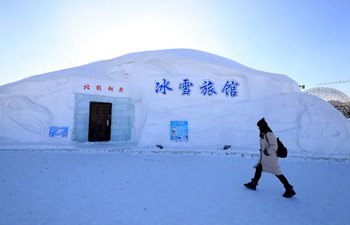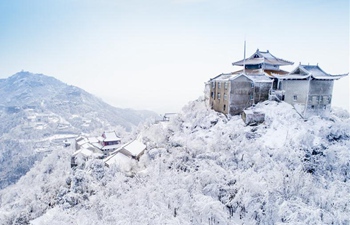MEXICO CITY, Feb. 4 (Xinhua) -- Researchers have used laser scans to reveal that more than 60,000 ruin sites lying for centuries under the jungles of northern Guatemala.
Aerial images of a particular unpopulated area were digitally processed using the revolutionary light detection and ranging (LiDAR) technology.
"The LiDAR images make it clear that this entire region was a settlement system whose scale and population density had been grossly underestimated," National Geographic quoted Ithaca College archaeologist Thomas Garrison as saying.
The new data led to an estimation that a 10 to 15 million population or even more had been living in the area.
Elevated highways, complex irrigation and terracing systems were discovered after over 2,100 square kilometers of Guatemala's Maya Biosphere Reserve had been scanned.
Other surprising findings included the militarization of the Maya "megalopolis", as laser scans showed defensive walls, ramparts, terraces and fortresses throughout the region.
"LiDAR is revolutionizing archaeology the way the Hubble Space Telescope revolutionized astronomy," Tulane University archaeologist Francisco Estrada-Belli told National Geographic, "We'll need 100 years to go through all (the data) and really understand what we're seeing."
The survey is part of a three-year project spearheaded by Guatemala's Foundation for Maya Cultural and Natural Heritage (PACUNAM). The plan is to map more than 14,000 square kilometers of the country's vast northern lowlands.
Hailed as "major breakthrough" in Maya archaeology, the findings were expected "to raise awareness of the value of protecting."

















